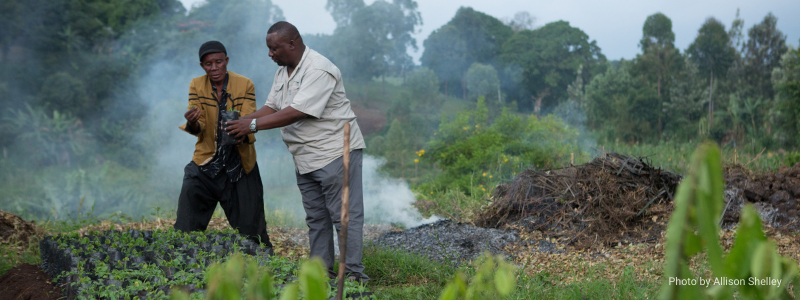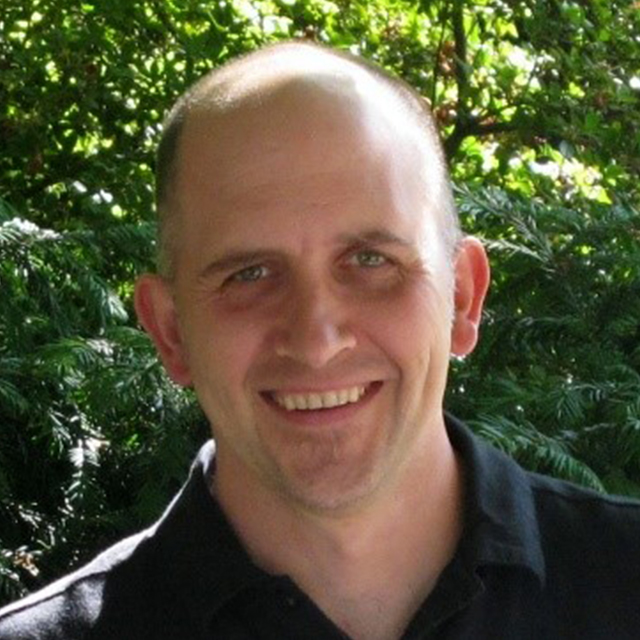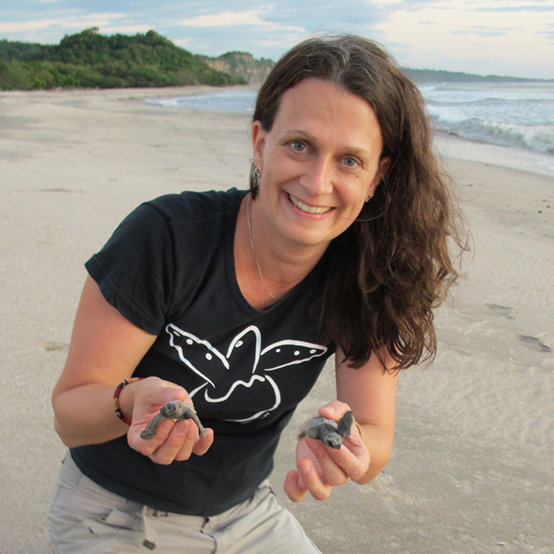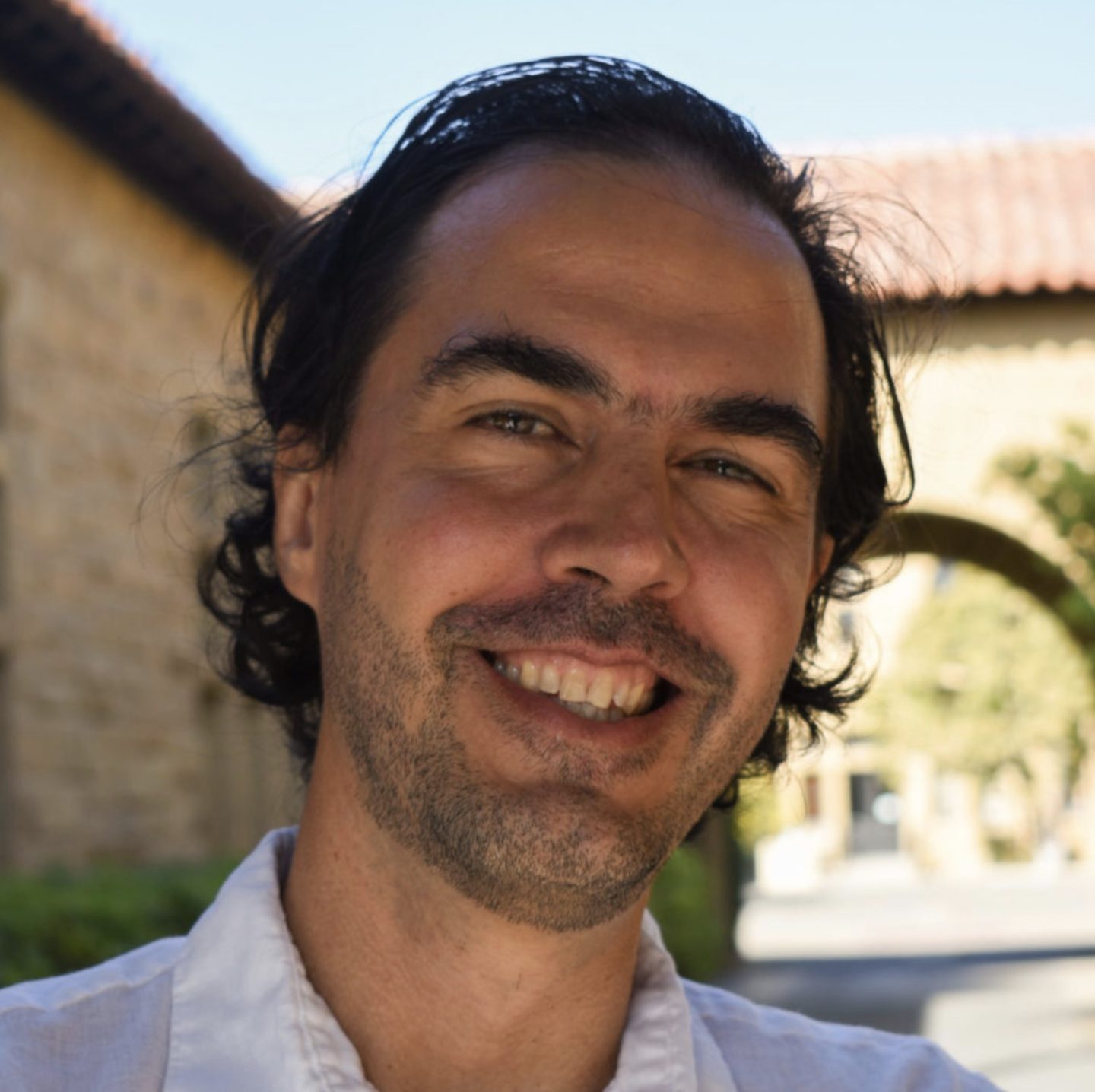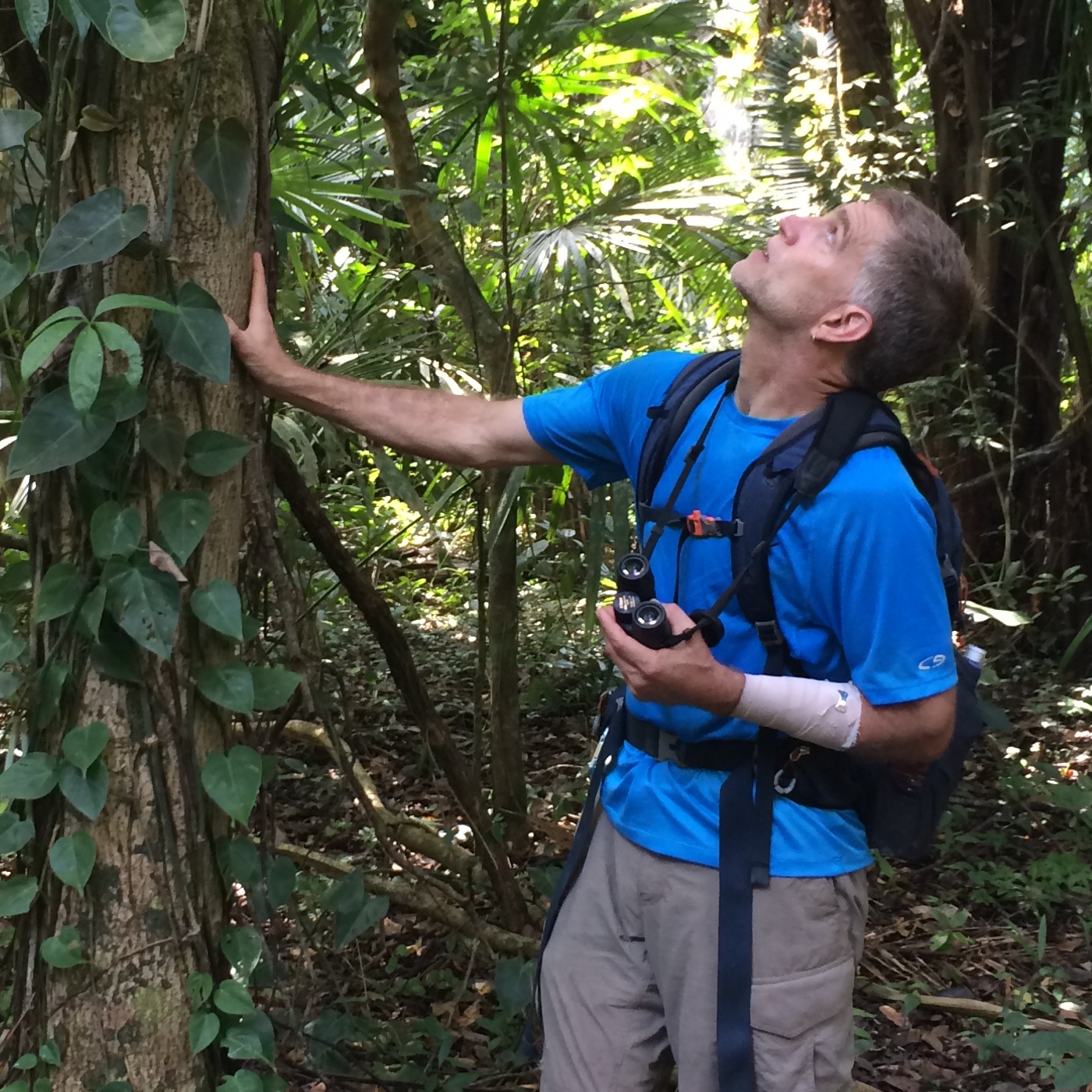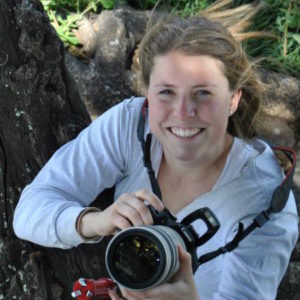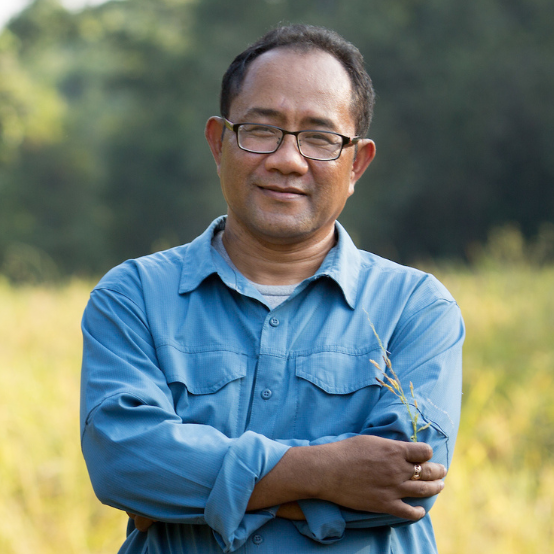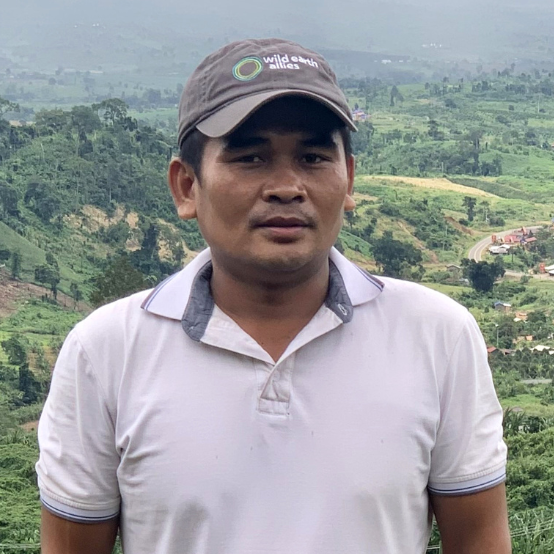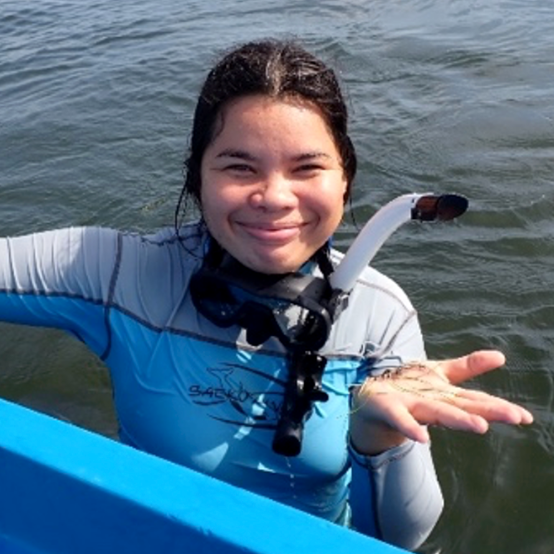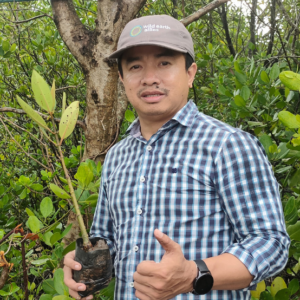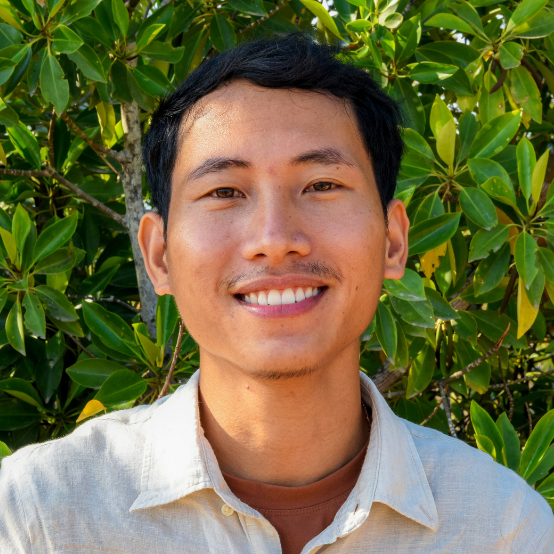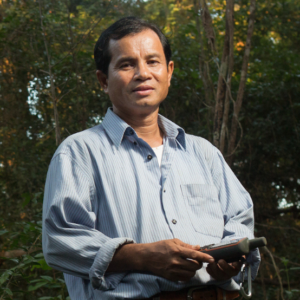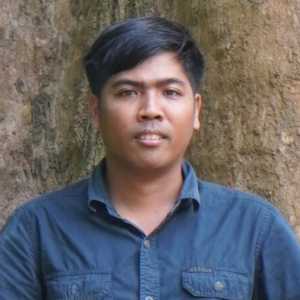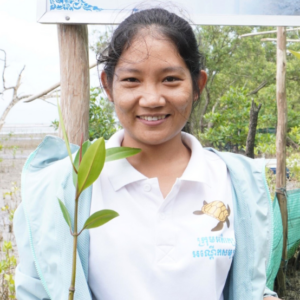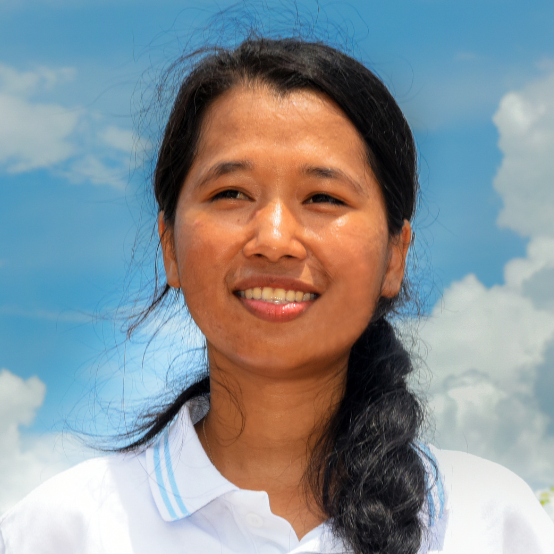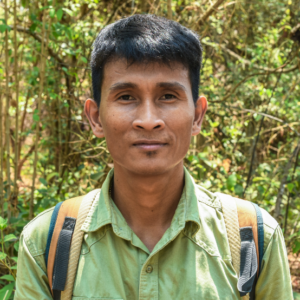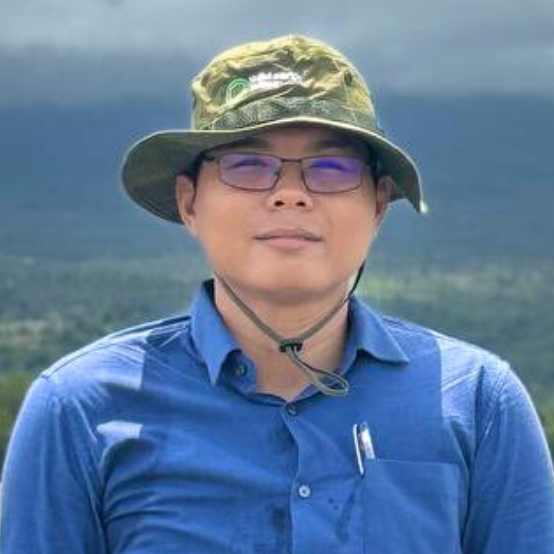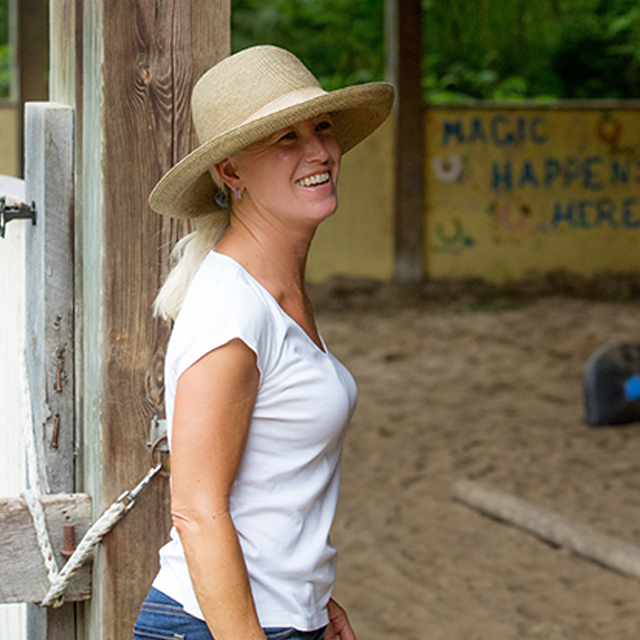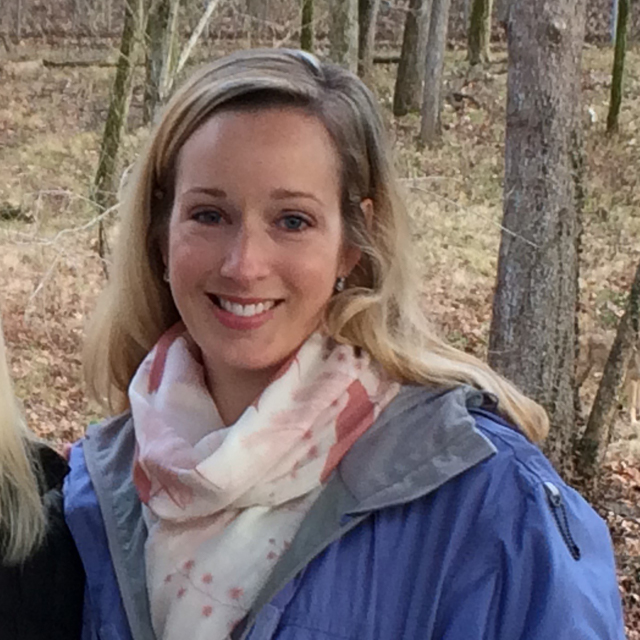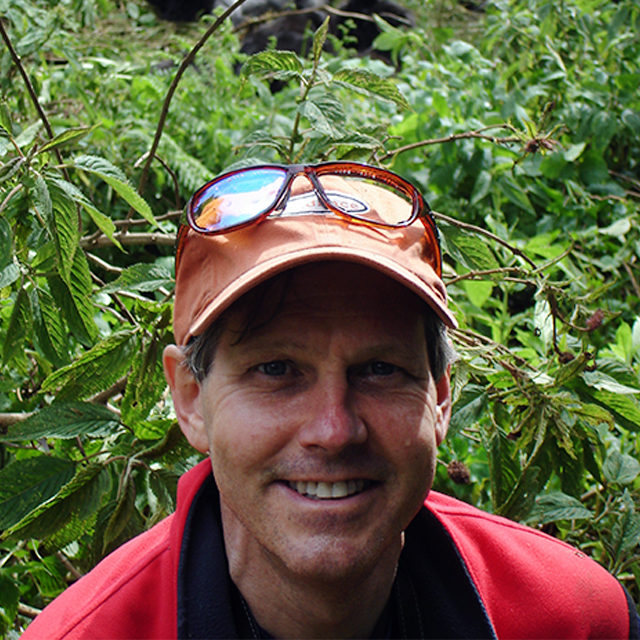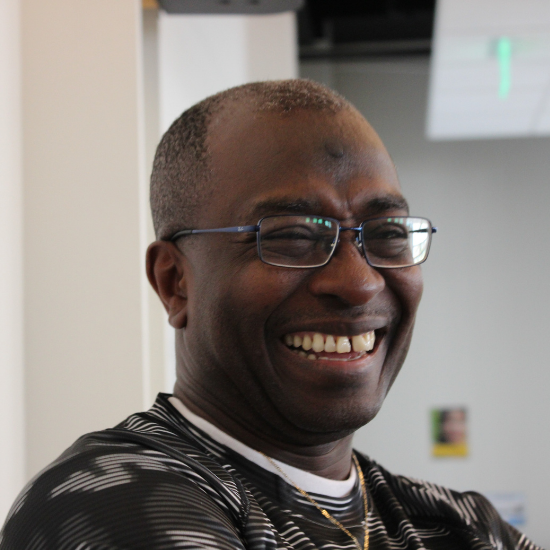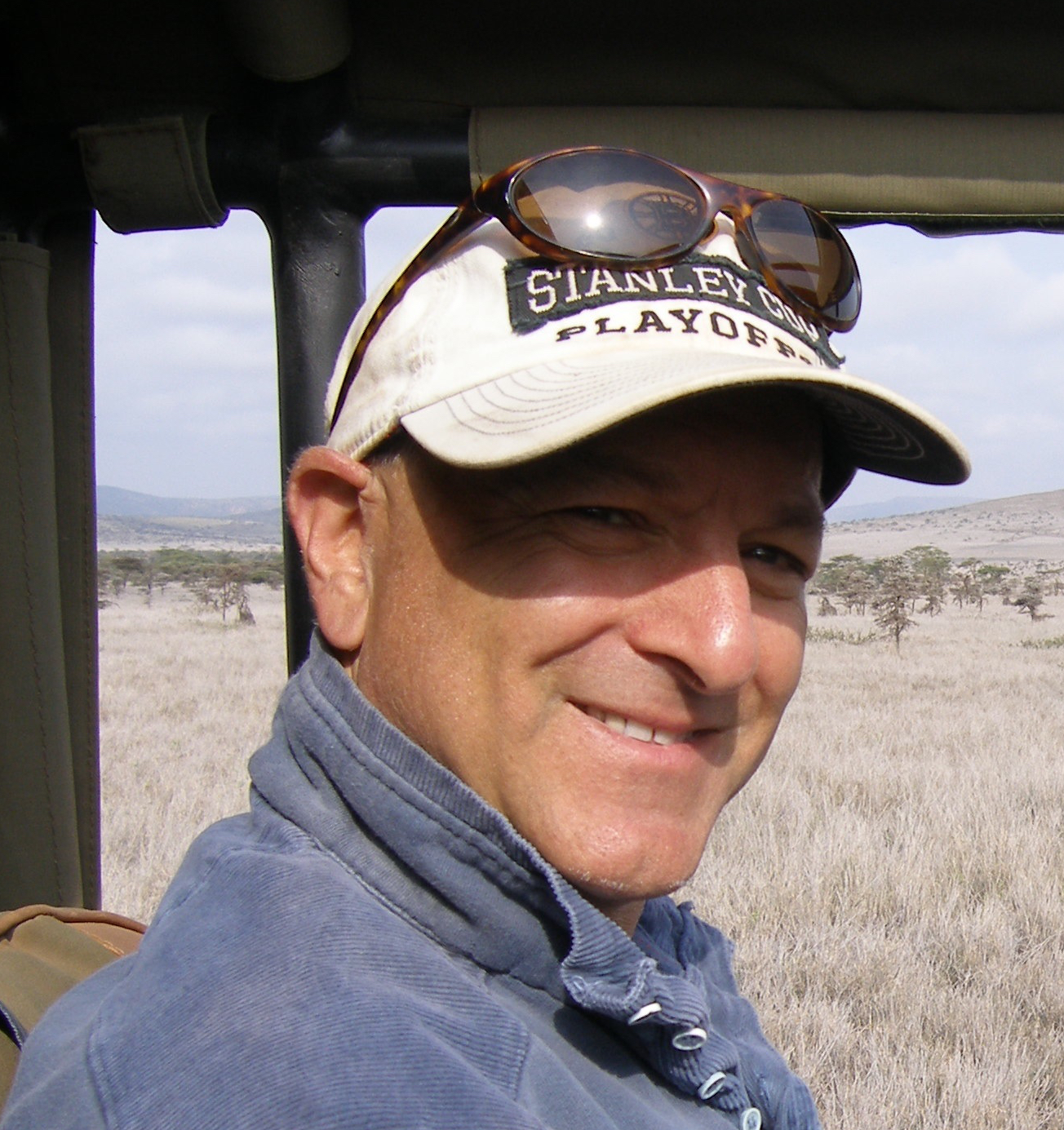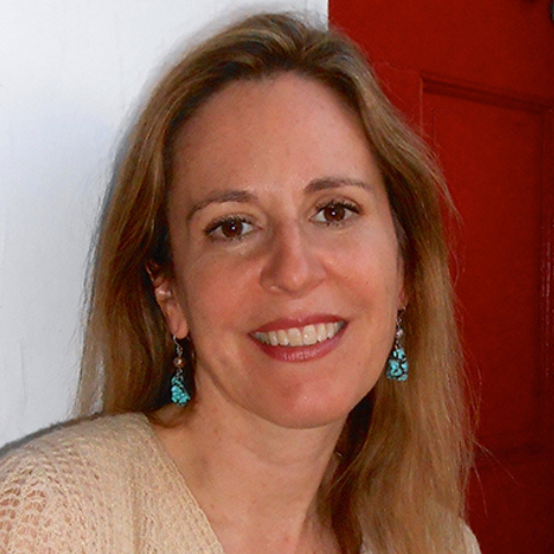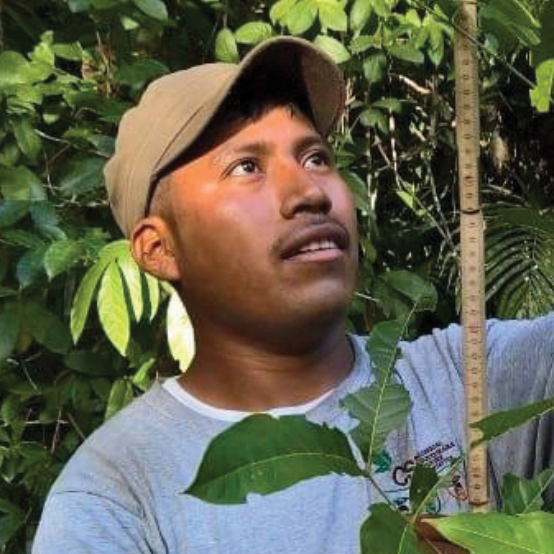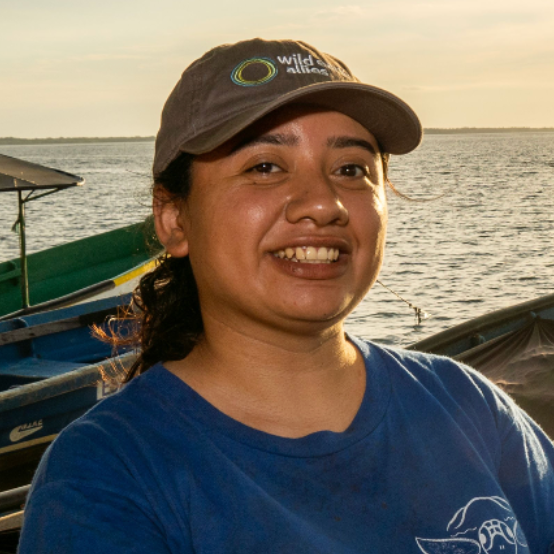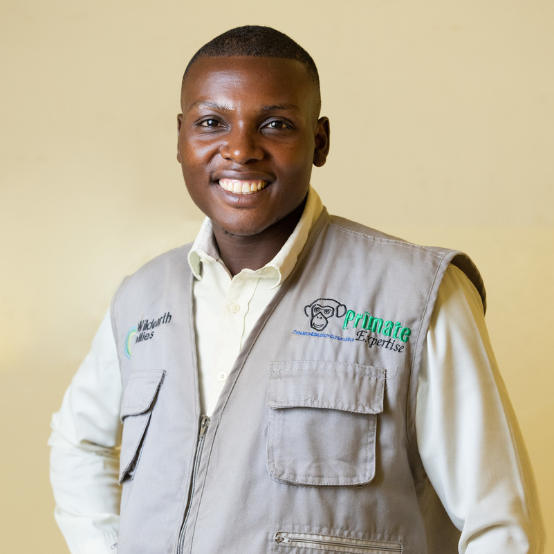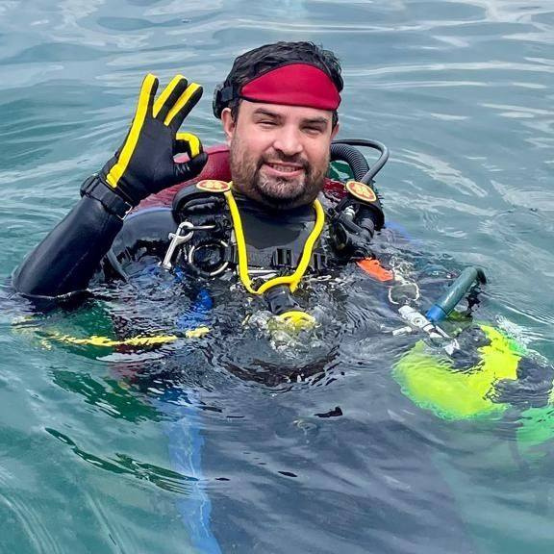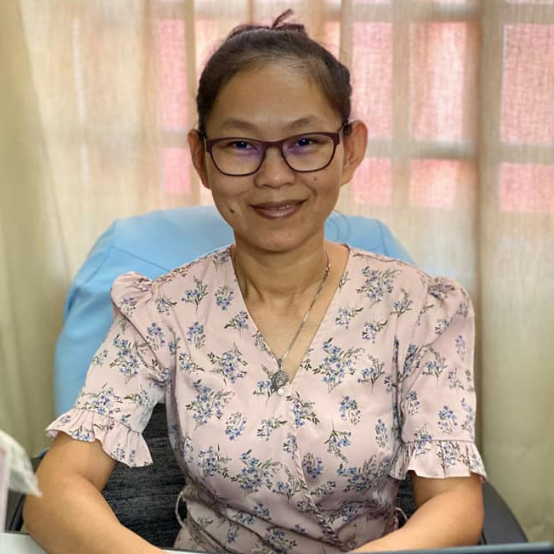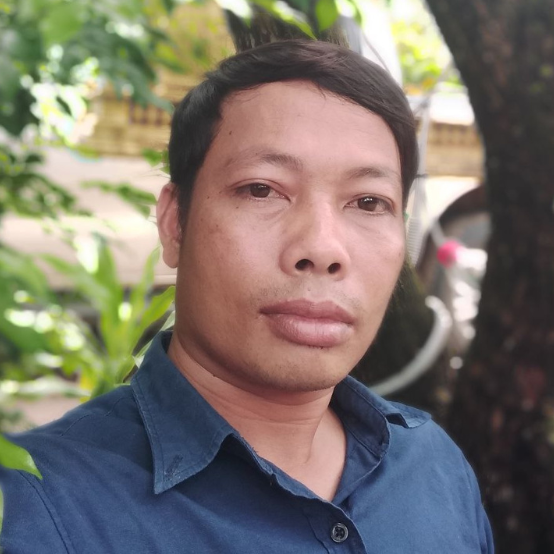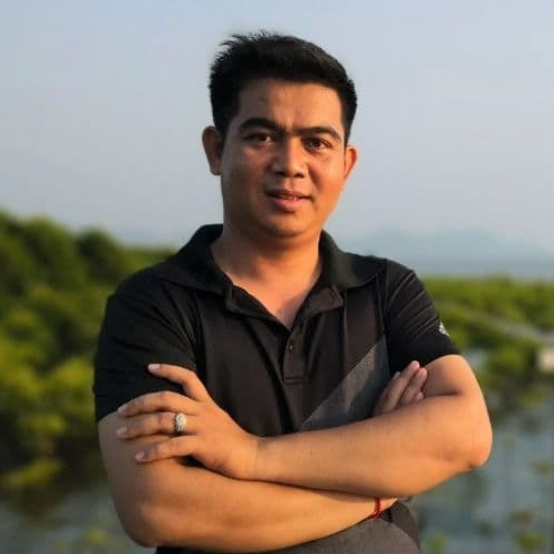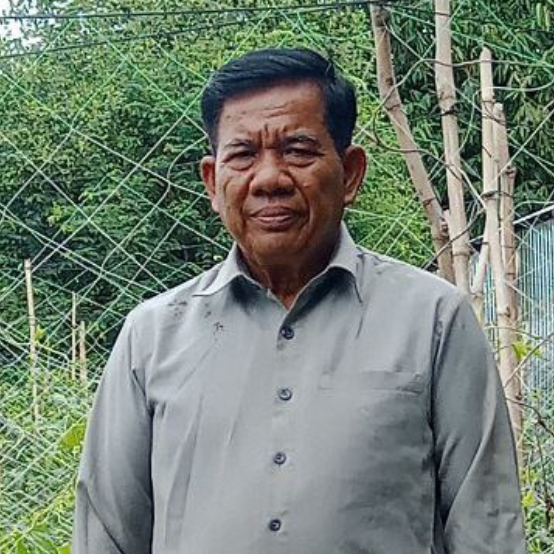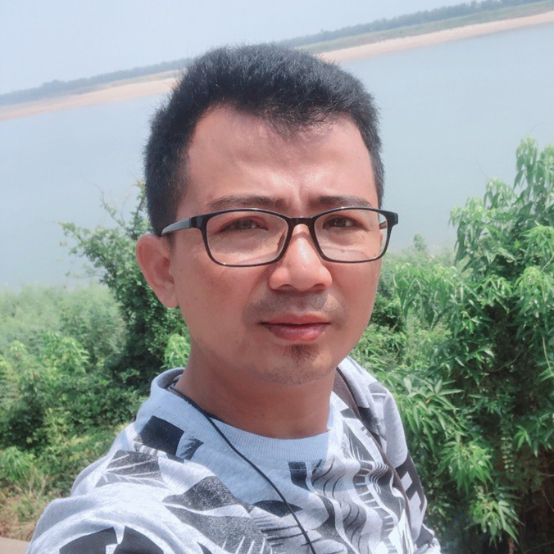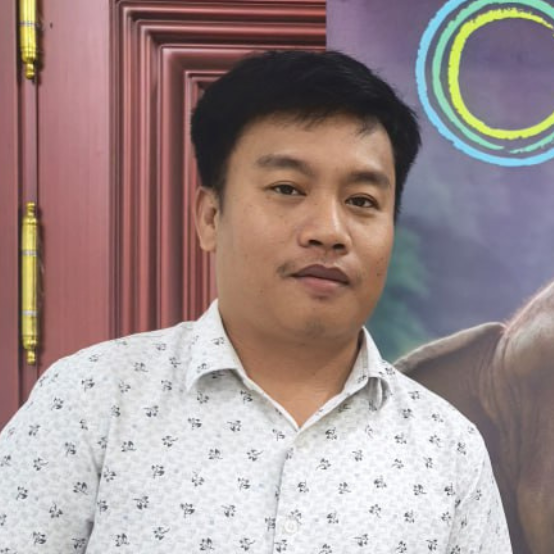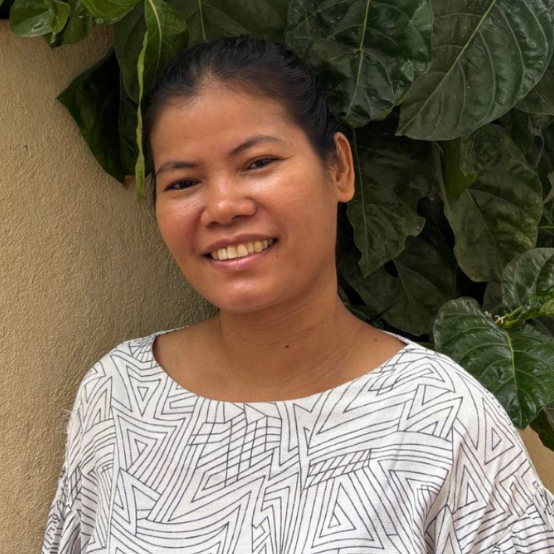Primatologist Dr. Augustin K. Basabose, our partner and the Founder & Executive Director of Primate Expertise (PEx), has been studying and protecting great apes for decades—building on a passion for wildlife that began in childhood.
Internationally recognized for his work, Augustin helped drive conservation success for mountain gorillas. He is now collaborating to deliver similar positive outcomes for critically endangered Grauer’s gorillas in the eastern Democratic Republic of the Congo (DRC), using a signature combination of research, community engagement, and on-the-ground protection.
Over the years, Augustin became fascinated by the study of great ape fruit diet using their dung. This research interest first emerged during his Ph.D. studies on chimpanzee ecology in Kahuzi-Biega National Park in DRC, and it has evolved in the years since.
A basic question arises: Why focus on great ape dung? Great apes are vital members of their forest ecosystems, and examining their dung can provide greater insight into their diets. These mammals eat large fruits and end up spreading intact seeds across their range through their dung. This ultimately creates healthier and more diverse forests.
Through his research, Augustin discovered that planting seeds collected from gorilla dung can serve as a cost-effective and non-invasive way to restore native degraded forest habitats.
Fast forward to today, and this research has blossomed into an innovative way to benefit forests, wildlife, and people. PEx, in partnership with Wild Earth Allies, is now growing trees from seeds collected from ape dung—a process that is the mainstay of the advocacy, research, and conservation effort known as the Ape Trees™ project—and using the seedlings cultivated by the Ape Trees project to restore degraded gorilla habitat in Kahuzi-Biega National Park and to improve the well-being of surrounding communities. Already, the Ape Trees project is seeing exciting results.
How It Works
So, how exactly does this process work? Take a look at the graphic below for an overview, and then keep reading to see each step of the process:
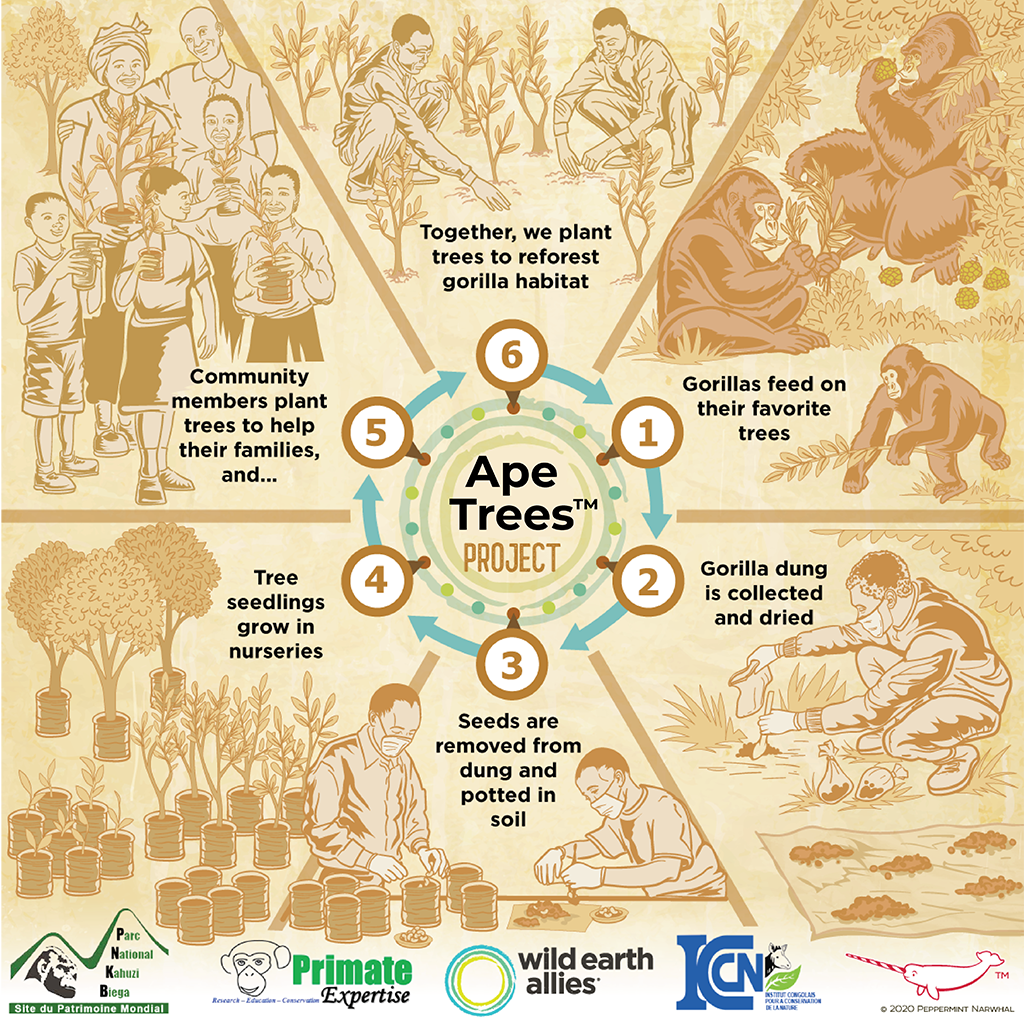
Graphic by Peppermint Narwhal
The Process in Action
1. Gorillas feed on their favorite trees.
Here, Grauer’s gorillas eat ripe fruits of the Myrianthus holstii, commonly known as the pineapple-fruit tree. (Footage by Primate Expertise camera trap).
2. Gorilla dung is collected and dried.
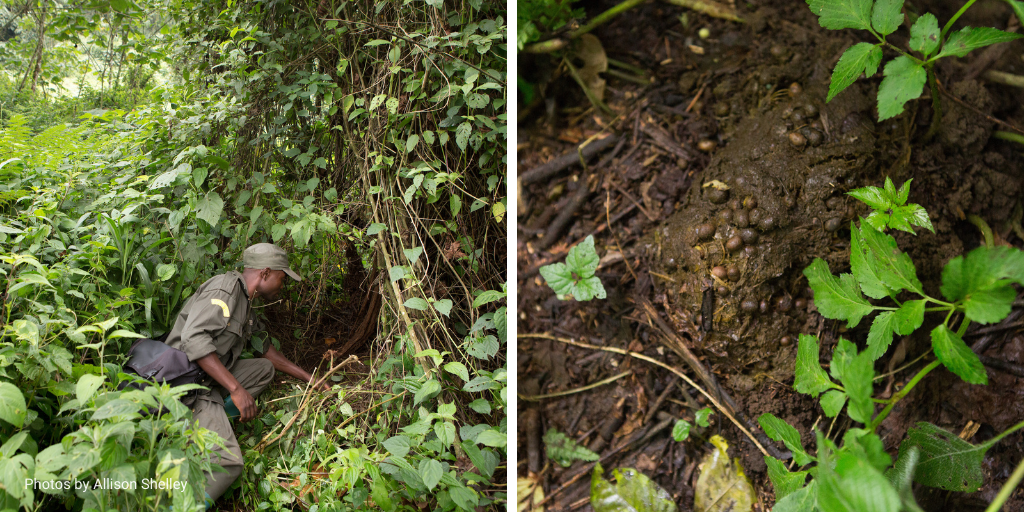
Augustin and his team collaborate with park rangers to collect ape dung from Kahuzi-Biega National Park. At left, park ranger Safari Jules investigates a gorilla nest where members of the Bonane group slept the previous night. At right, gorilla dung contains intact seeds.
3. Seeds are removed from dung and potted in soil.
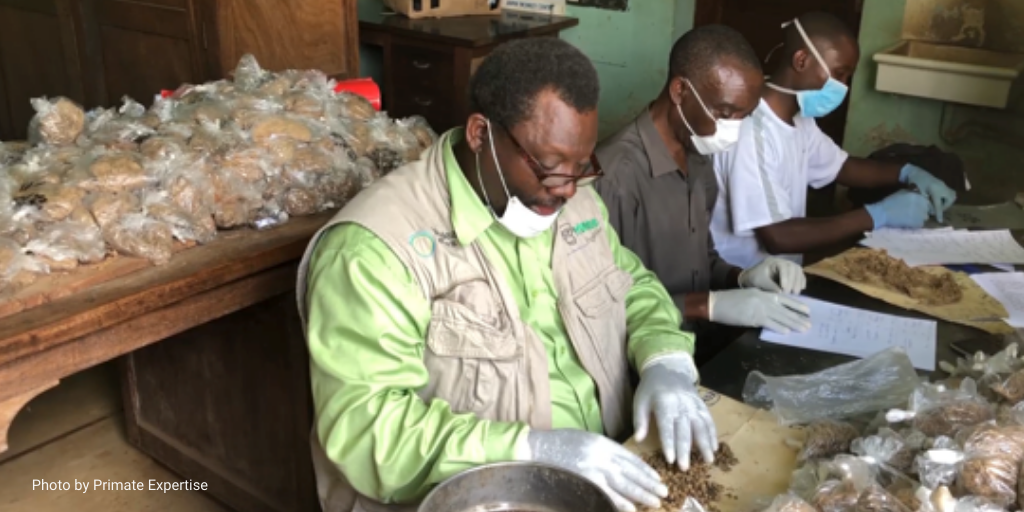
The PEx team dries gorilla dung and removes and identifies seeds. Here, Augustin (L) and team members sort through dried gorilla dung.
4. Tree seedlings grow in nurseries.
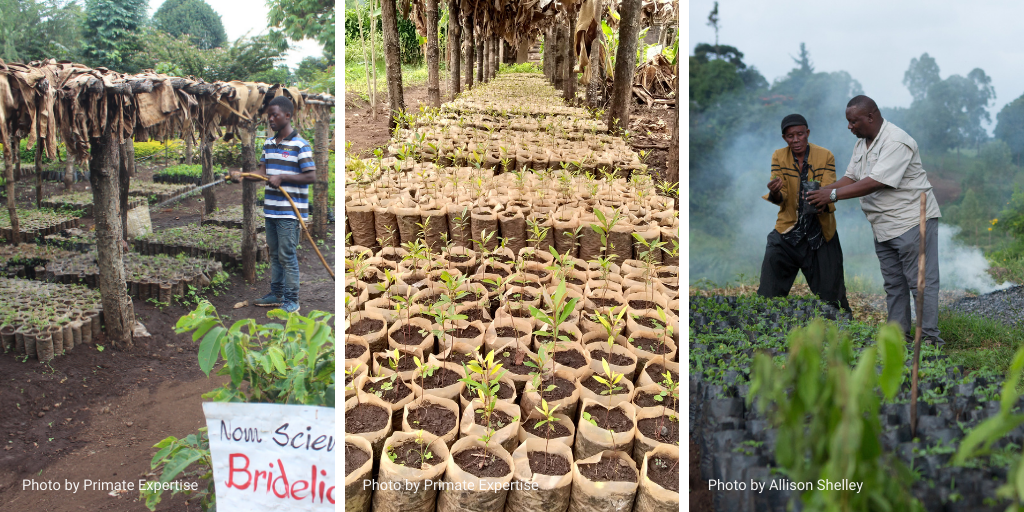
The PEx team works with community members to germinate seedlings at three nurseries in Lwiro, Tshivanga, and Kashanja. These nurseries are maintained by six nurserymen and supervised by an agronomist. At left, a member of the PEx team waters the ape tree seedlings. At center, the ape tree seedlings germinate in a tree nursery. At right, Augustin (R) examines seedlings with agronomist Laurent Obula Wuriam (L) at the Lwiro tree nursery.
5. Community members plant trees to help their families.
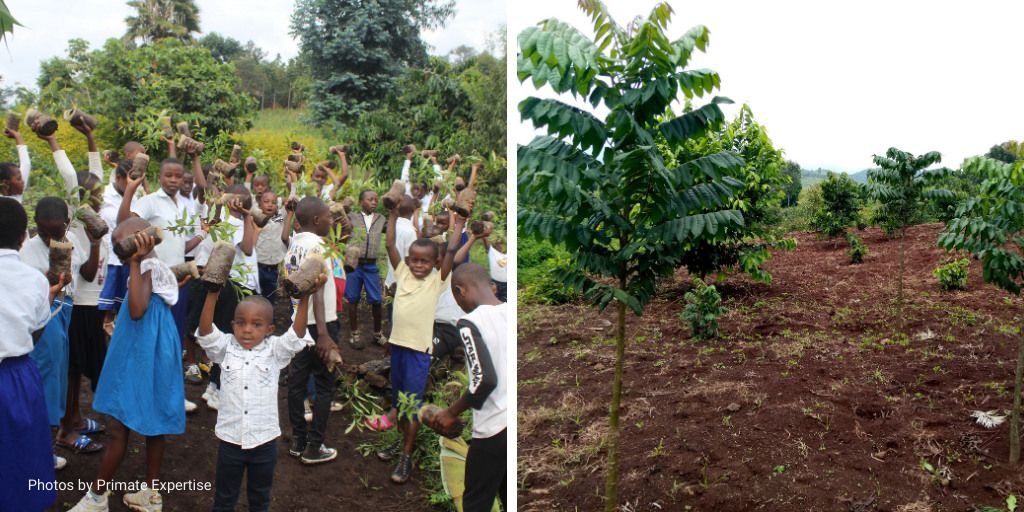
PEx distributes Ape Trees-sourced seedlings to communities and families living around the national park for their use. At left, students show off their seedlings at an event for National Tree Day. At right, the trees begin to grow.
6. Together, we plant trees to reforest gorilla habitat.
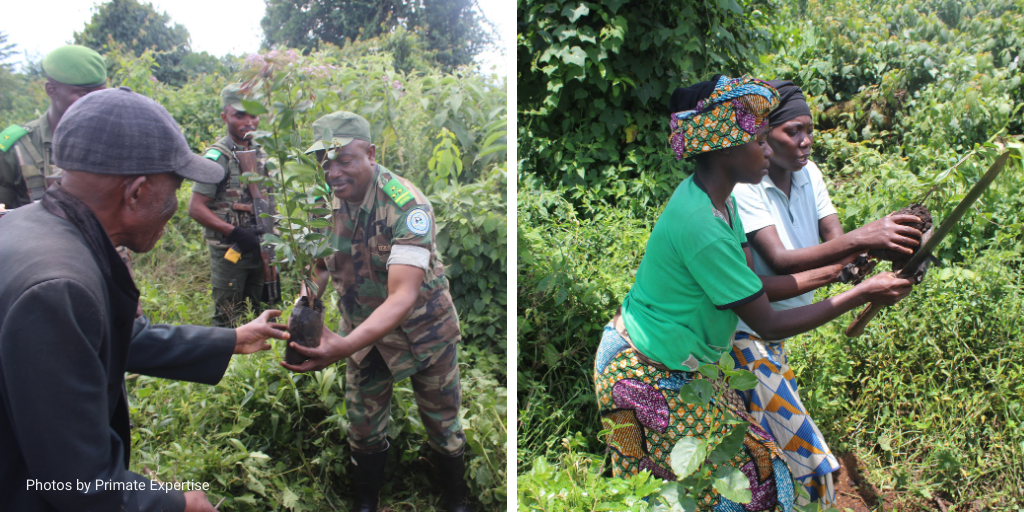
PEx joined with national park staff and members of Indigenous Batwa communities and recently restored 100-hectares of degraded forest in Kahuzi-Biega National Park using 10,000 seedlings sourced from Ape Trees nurseries. At left, the Park Chief Warden plants a Syzygium guineense seedling. At right, community members prepare an ape tree seedling for planting.
Reasons to Celebrate
The Ape Trees project has already achieved exciting results for both critical gorilla habitat and nearby communities, and it is just getting started.
As of 2020, the Ape Trees project had benefited around 2,500 community members—including over 1,000 members of Indigenous Batwa villages. Families use the trees for food, medicine, and timber, and PEx has plans to scale this project so that communities can also use tree nurseries to generate much-needed income.
In addition, Ape Trees-sourced seedlings have been used to restore degraded forest habitat even beyond ape range. Recently, PEx used ape trees to restore habitat of a small isolated population of Cercopithecus mitis schoutedeni (commonly known as Schouteden’s blue monkey) in Idjwi island, where this guenon subspecies is endemic.
Looking ahead, inside Kahuzi-Biega National Park, our goal is to reforest over 400-hectares of great ape habitat in the upland sector, currently home to an estimated 250 gorillas.
To support this work, please consider making a donation.

